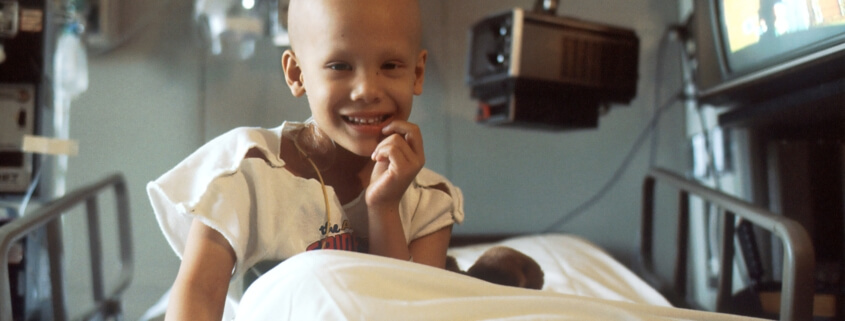INTRODUCTION
Herpes zoster (HZ) is caused by reactivation of latent varicella-zoster virus (VZV) within the cranial nerve or dorsal root ganglia after primary infection. There is a lifetime risk, ~10% to 30%, of HZ in adults, but is rare in healthy children. Immunocompromised individuals have an increased risk of other diseases, including HZ. Risk of HZ increases by age and a weakened immune system, especially in poor T-cell immunity. In children with cancer, HZ can lead to severe complications, including severe postherpetic neuralgia, visceral dissemination, acute or progressive outer retinal necrosis, and even death. Limited information is available on HZ in children with cancer. Lin et al.1 performed a nationwide population-based cohort study in Taiwan to estimate the incidence of HZ in children with cancer. The study, conducted on the sizeable data-scale dataset available from the National Health Insurance (NHI) program in Taiwan, explored HZ and cancer’s association.
DISCUSSION
In a study by Lin et al.1 , they identified 4,432 newly diagnosed children with cancer between 2000 and 2007 from the outpatient database. As a non-cancer control group, 17,653 children without cancer were frequency matched by sex and age. The average ages at the entry of the cancer group and non-cancer groups were 8.90 and 8.91 years, respectively. The distributions of age at entry, sex, urbanization level, or residential areas, and the prevalence of atopic dermatitis were similar in the two groups. All children received follow-up until death, HZ event, withdrawal from NHI, or end of December 2008. Children with cancer had a significantly lower prevalence of allergic rhinitis and bronchial asthma. The study demonstrated a higher incidence of HZ in children with cancer. The incidence rate of HZ in the population of 4,432 children with cancer was 20.7 per 10,000 person-years, and the incidence rate in the population of 17,653 without cancer was 2.4 per 10,000 person-years. The cumulative incidence was significantly higher in the cancer group (p < 0.0001, or 8.6 times higher). HZ may occur more frequently in children with cancer. More than 80% of children with lymphoma or acute leukemia developed HZ within two years of a cancer diagnosis. A study by Feldman, Hughes, and Kim 2 reported that the overall incidence of HZ in 1,132 children with cancer was 8.9%, and the incidence was 22% higher in patients with Hodgkin disease. Menon and Wan Maziah 3 identified a diagnosis of HZ in 5% (10/188) of the children with cancer and noted the most common malignancy in their study was leukemia.
CONCLUSION
Lin et al.1 found the incidence rates of HZ was 8.6-fold higher in children with cancer than those without cancer. They found that children with cancer were associated with an increased risk of HZ, with those who had leukemia having the highest magnitude of strength association. Early antiviral therapy is mandatory for immunocompromised patients. They concluded that vaccination with either heat-treated zoster vaccine or adjuvanted subunit vaccine (SHINGRIX) could be an appropriate policy to decrease herpes zoster incidence in children with cancer.
REFERENCES
- Lin, H.-C., Chao, Y.-H., Wu, K.-H., Yen, T.-Y., Hsu, Y.-L., Hsieh, T.-H., Wei, H.-M., Wu, J.-L., Muo, C.-H., Hwang, K.-P., Peng, C.-T., Lin, C.-C., & Li, T.-C. (2016). Increased risk of herpes zoster in children with cancer: A nationwide population-based cohort study. Medicine, 95(30), e4037. https://doi.org/10.1097/md.0000000000004037
- Feldman, S., Hughes, W. T., & Kim, H. Y. (1973). Herpes zoster in children with cancer. American Journal of Diseases of Children, 126(2), 178-184. https://doi.org/10.1001/archpedi.1973.02110190156009
- Menon, B. S., Wan Maziah, W. M. (2001). Herpes zoster in children with cancer. The Malaysian Journal of Pathology, 23(1), 47-48. Retrieved from https://europepmc.org/article/med/16329548
By David Kilpatrick, PhD and Abbas Vafai, PhD
MKTG 1051 Rev A – 110220



